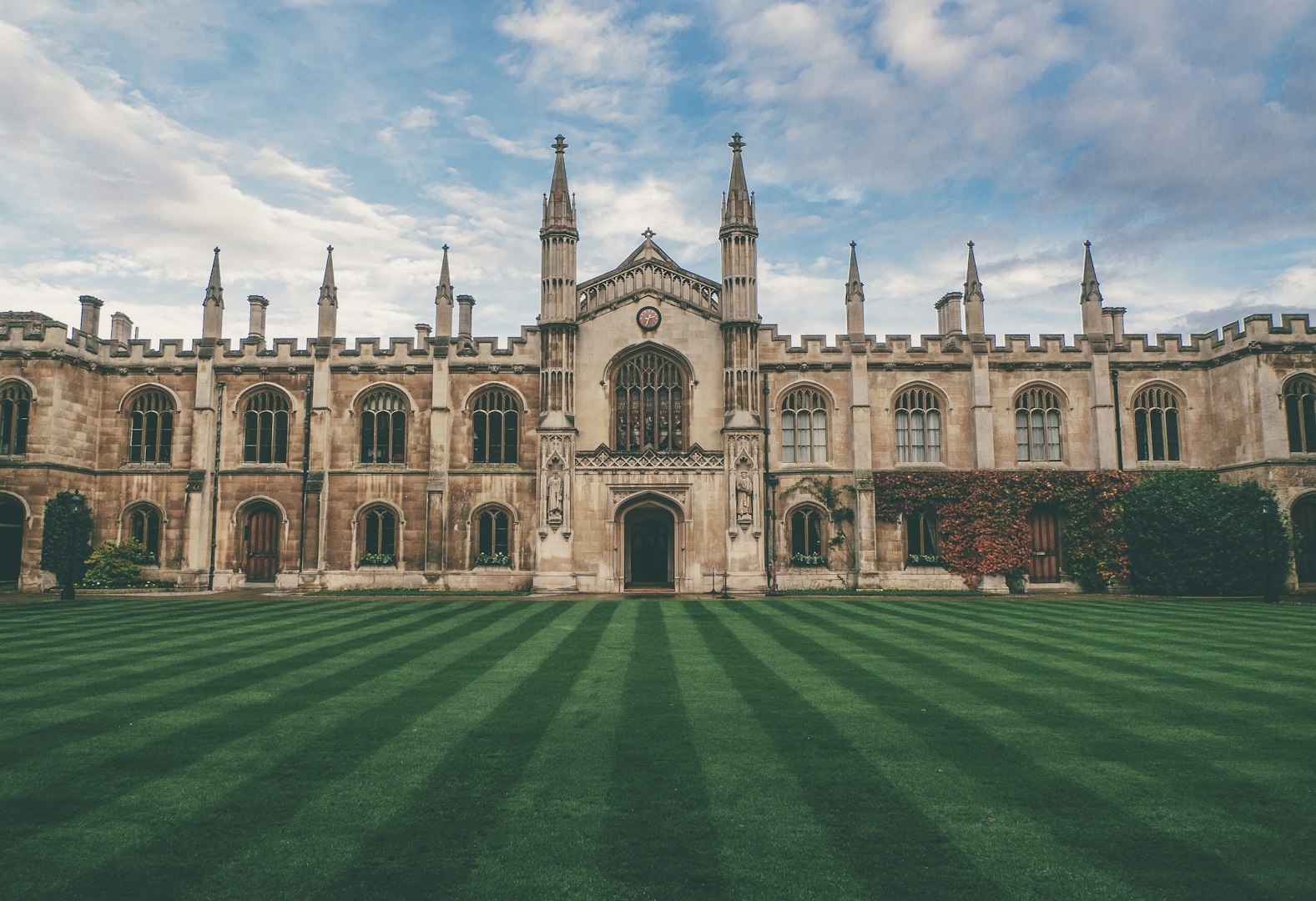Modern Restoration of Classical Architecture
Innovative Masonry & Restoration

Have you ever wondered how old structures still look great today? Walk through any historic city center, and you’ll find centuries-old churches, government buildings, schools, and grand stone facades that seem to defy time. These structures stand not only as symbols of a community’s past but as working pieces of our modern landscape — places where people still gather, learn, worship, and live.
So how do these old buildings survive decades, even centuries, of harsh weather, pollution, shifting foundations, and everyday wear and tear? The answer is careful, skilled, and often very modern restoration.
Why Classical Architecture Still Matters
Classical architecture has always held a timeless appeal. Grand columns, intricate stone carvings, arched windows, decorative brickwork — these design elements define some of the world’s most admired landmarks. They connect us to the artistry, craftsmanship, and design principles of past generations.
But old-world beauty comes with old-world challenges. Materials deteriorate. Mortar crumbles. Moisture seeps in where it shouldn’t. Generations of quick fixes — or worse, neglect — can put an entire structure at risk.
Modern restoration doesn’t just patch the cracks — it preserves the story, the craft, and the structural strength of these buildings, while ensuring they meet today’s safety codes and usage demands.
The Art and Science of Restoration
Restoration has evolved dramatically. What used to be brute-force patching is now an intricate mix of history, science, and traditional skill. Today’s masonry professionals must respect historical authenticity and apply cutting-edge methods to protect buildings for future generations.
Here’s how it works:
Research & Documentation
Before any stone is lifted or brick replaced, restoration teams study the building’s history, original construction methods, and previous repairs. Old drawings, photographs, and even oral histories can guide modern crews on what’s original and what was changed over time.Condition Assessment
Modern techniques like laser scanning and non-invasive moisture mapping help experts identify structural weaknesses, hidden water damage, or unsafe sections. This high-tech insight means repairs can be targeted precisely, minimizing unnecessary changes.Material Matching
Finding the right replacement stone, brick, or mortar is crucial. Poor matches can damage the building over time. Today, restoration specialists often use custom blends, quarry matching, and lab analysis to replicate the strength, color, and texture of original materials.Traditional Craftsmanship
Many old buildings were built by hand, stone by stone. Modern masons trained in old-world techniques — like tuckpointing, repointing, and stone carving — are vital. Their craft ensures repairs blend seamlessly with the existing work.Modern Engineering & Safety
Restored buildings must meet today’s building codes for fire safety, structural integrity, and sometimes accessibility. Reinforced supports, waterproof membranes, and hidden anchors are just a few ways modern engineering helps old buildings stand strong.
Challenges of Classical Restoration
No two restoration projects are the same — which is what makes this work both rewarding and demanding.
Material Limitations:
Some original materials are no longer available or legal to use. For example, certain stones or lead-based components might be restricted for environmental or health reasons.
Balancing Authenticity and Modern Needs:
Sometimes restoration teams must carefully modernize a building without altering its appearance. For example, adding insulation, wiring, or fire suppression systems to a centuries-old stone church might require hidden channels or new design work.
Unpredictable Surprises:
Old buildings often hide secrets — rotted beams, unstable foundations, or layers of forgotten repairs. Restoration pros must adapt on the fly, balancing budgets and deadlines with the unexpected.
Iconic Examples of Modern Restoration
Across the world, countless historic landmarks owe their continued existence to modern restoration:
The Colosseum in Rome is a masterclass in ancient and modern masonry techniques. Years of careful stone stabilization and cleaning have protected this symbol of Roman engineering from further decay.
Notre-Dame Cathedral in Paris suffered a devastating fire in 2019. Its ongoing restoration blends medieval craftsmanship with 3D laser scans and digital models, ensuring the iconic structure will return better protected than ever.
Closer to home, many historic downtowns across America have seen brick storefronts and stone civic buildings brought back to life by teams who combine historical respect with modern construction knowledge.
Why Restoration Is Sustainable
Preserving old buildings isn’t just about nostalgia — it’s also one of the greenest things we can do in construction. Demolishing and replacing structures takes enormous energy and materials. Restoring and reusing existing masonry keeps waste out of landfills and often costs less than building new.
Plus, historic buildings often use local materials that are well-suited to their climate — thick stone walls that keep interiors cool in summer and warm in winter, for example.
The Role of Skilled Masons Today
Modern restoration demands more than basic repair skills. Masons working on historic sites must understand ancient techniques and be able to blend them with today’s technology. Many learn through apprenticeships or specialized training, keeping alive traditions that have been passed down for generations.
Whether it’s delicately removing old mortar and repointing brick by hand, carving custom stones to match missing pieces, or installing modern structural supports behind historic walls, their work ensures that historic architecture remains part of our daily lives — not just relics behind museum glass.
Keeping Classical Beauty Alive
So the next time you walk past a centuries-old church, a courthouse, or a stately brick home, take a moment to appreciate not just its original builders — but also the skilled craftspeople today who help these buildings stand tall and beautiful for generations to come.
Modern restoration of classical architecture isn’t just construction work — it’s stewardship, art, and a promise that timeless design and quality craftsmanship will always have a place in our modern world.
Interested in seeing expert masonry restoration up close?
Look for local projects in your community or reach out to restoration professionals to learn more about how they protect the past while building for the future.
